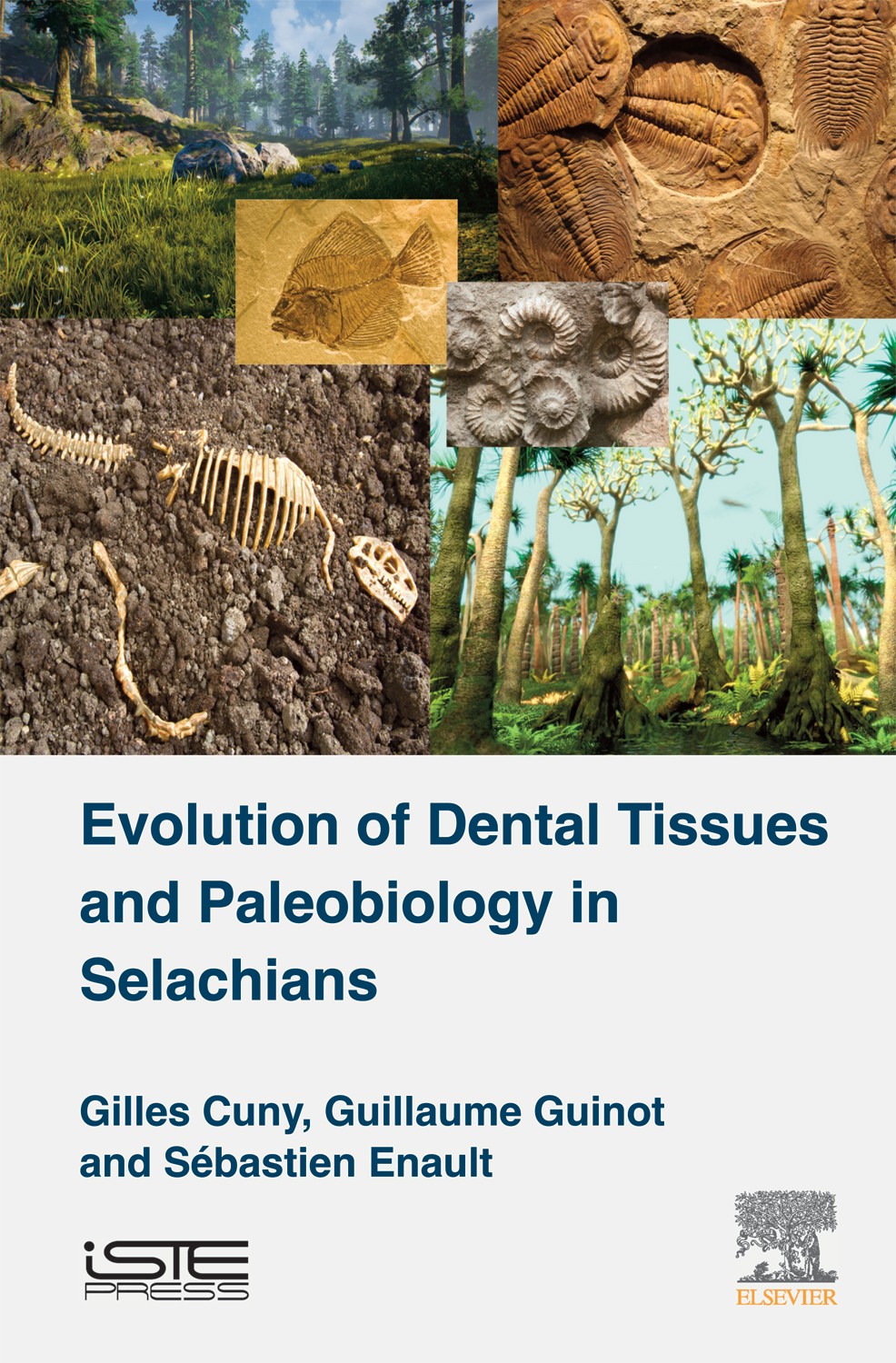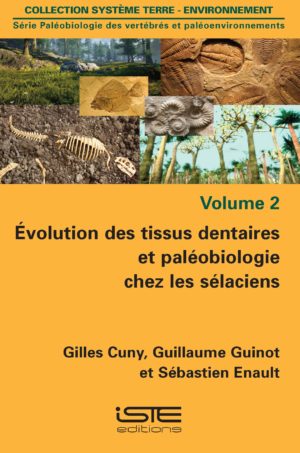
Chondrichthyans possess unique anatomical features compared to other vertebrates, in particular a fully cartilaginous skeleton and a permanently renewed dentition. These characteristics make the fossilization of whole bodies difficult and consequently their fossil record consists mainly of a large number of isolated teeth. The study of their dentition is therefore of primary interest for our […]
Chondrichthyans possess unique anatomical features compared to other vertebrates, in particular a fully cartilaginous skeleton and a permanently renewed dentition. These characteristics make the fossilization of whole bodies difficult and consequently their fossil record consists mainly of a large number of isolated teeth.
The study of their dentition is therefore of primary interest for our understanding of the evolution of this group. Beyond the dental morphology, the structure of the tissues composing the dentition has proved an important source of information, sometimes difficult to interpret, on the eating habits and the paleobiology of these animals.
This book makes a thorough review of the existing theories in this field of research as well as introducing new elements from more recent studies. Through close reference to the fossil record of ancient selachians it examines what the study of dental tissue in cartilaginous fish can tell us about the evolution and the past biology of these animals, as well as what we can learn about the evolution of teeth themselves.
1. Mineralized Tissues.
2. Paleozoic Sharks.
3. Hybodont Sharks.
4. Enameloid Microstructure in Rays.
5. Enameloid Microstructure Diversity in Modern Shark Teeth.
6. Comparison of Enameloid Microstructure in Actinopterygian and Elasmobranch Teeth.

